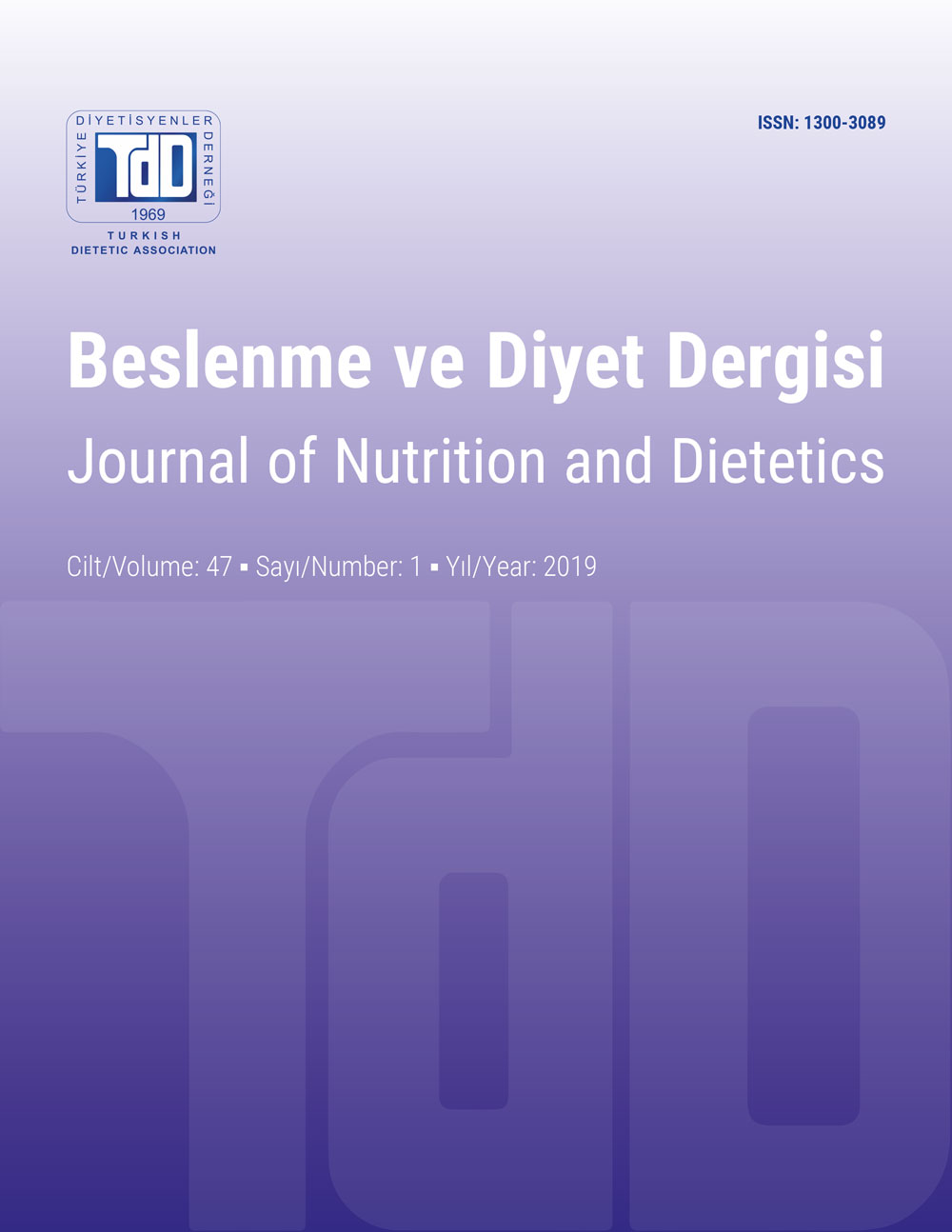Investigating the Association between Portion Choices and Body Mass Index in Adolescents
DOI:
https://doi.org/10.33076/2019.BDD.1195Keywords:
Adolescent, BMI, portion choice, energy intakeAbstract
Aim: It is known that the increased portion size of foods effects body weight, thereby significantly influences individuals’ health. This study was planned to investigate the association between portion choice and body mass index in a group of adolescents aged between 14 to 18 years.
Subjects and Method: This randomized cross-sectional study was carried out with 510 students (257 females, 253 males) aged between 14 and 18 who were students at one private and one public school. Anthropometric measurements of the students were assessed by a dietitian. Surveys about demographic information of families, eating patterns, and portion choices of children (in the presence or absence of hunger) were conducted. A portion survey was conducted two times, before (in the presence of hunger) and after the students’ lunchtime (in the absence of hunger).
Results: According to the body mass index (BMI), 33.6% of the students were overweight and obese, 2.2% were underweight, and 64.3% were normal weight. The students who were unaware of the size of their regular portions chose the bigger portion (p<0.05). The male students chose bigger portions than female students (p<0.001). There was a positive association between daily energy intakes and portion size choices (r=0.355, p<0.001). The students’ dietary recall data indicated that daily average energy intake increased as chosen portion size increases (p<0.001). The energy intake of the students who chose small, medium, and large portion sizes were 1361 kcal, 1717 kcal, and 2190 kcal, respectively. There was no significant correlation between BMI and portion selection (r=-0.015, p>0.05). Additionally, in the absence of hunger the students chose smaller portions (p<0.001). There was no association between the students’ portion choices and school type.
Conclusion: Although students’ portion choices and daily energy-macronutrient intakes were highly correlated, the portion choices were independent by students’ BMI.

